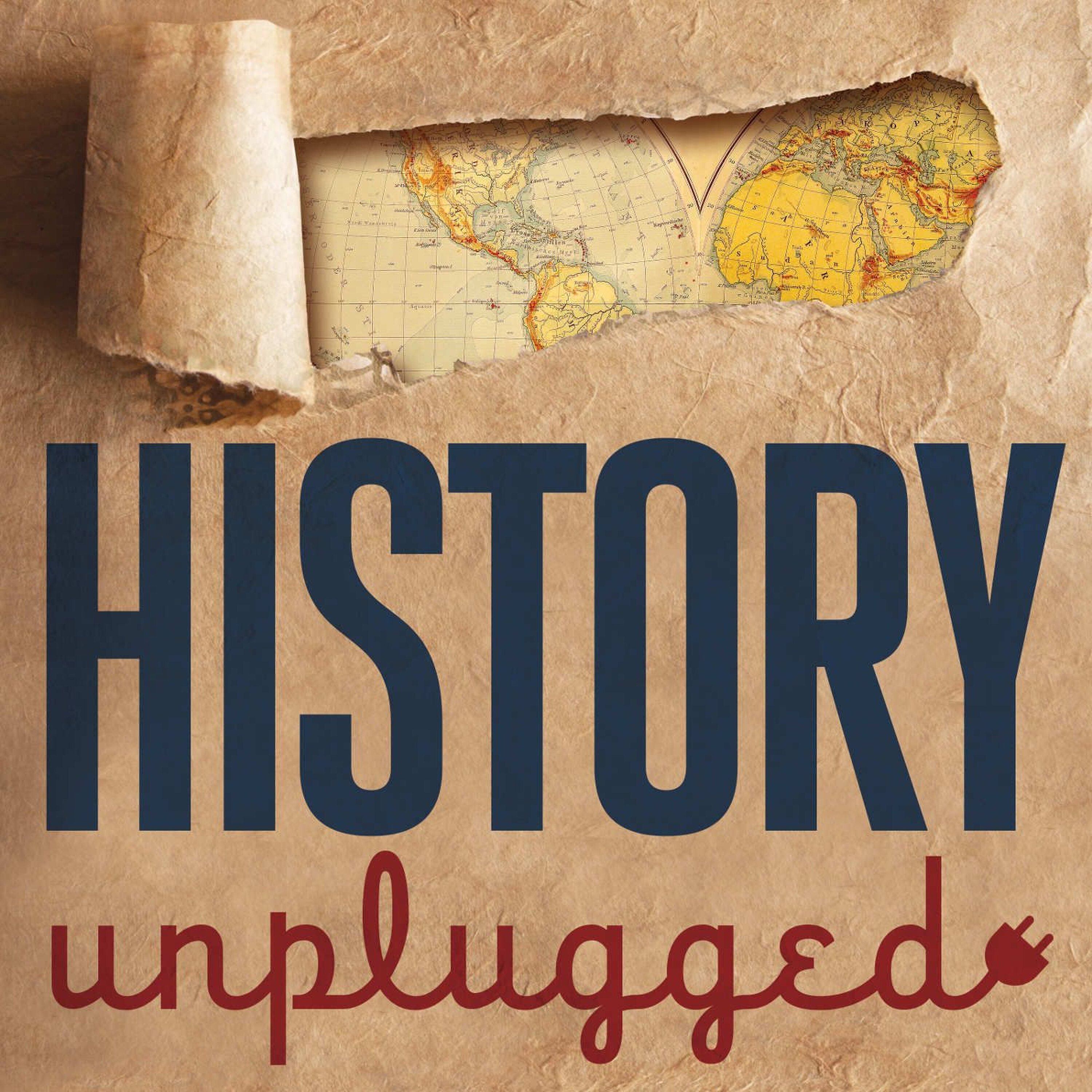53 Days on Starvation Island: How The US Marines Fought on Guadalcanal While Completely Surrounded
Description
On August 20, 1942, twelve Marine dive-bombers and nineteen Marine fighters landed at Guadalcanal. Their mission: defeat the Japanese navy and prevent it from sending more men and supplies to "Starvation Island," as Guadalcanal was nicknamed. The Japanese were turning the remote, jungle-covered mountain in the south Solomon Islands into an air base from which they could attack the supply lines between the U.S. and Australia. The night after the Marines landed and captured the partially completed airfield, the Imperial Navy launched a surprise night attack on the Allied fleet offshore, resulting in the worst defeat the U.S. Navy suffered in the 20th century, which prompted the abandonment of the Marines on Guadalcanal.
The Marines dug in, and waited for help, as those thirty-one pilots and twelve gunners flew against the Japanese, shooting down eighty-three planes in less than two months, while the dive bombers, carried out over thirty attacks on the Japanese fleet. The attacks were led by such figures as Major John L. Smith, a magnetic leader who became America’s top fighter ace for the time; Captain Marion Carl, the Marine Corps’ first ace, and one of the few survivors of his squadron at the Battle of Midway (he would be shot down and forced to make his way back to base through twenty-five miles of Japanese-held jungle; and Major Richard Mangrum, the lawyer-turned-dive-bomber commander whose inexperienced men wrought havoc on the Japanese Navy.
To discuss these stories is today’s guest, John Bruning, author of Fifty-Three Days on Starvation Island.
More Episodes
The 17th-century battlefield ushered in a new era, with formed musketeers and pistol-wielding cavalry gradually taking over from the knights and men-at-arms that had dominated the European battlefield. But knights could still be found on these battlefields as late as the 1640s, proudly donning...
Published 11/19/24
The USS Philadelphia, launched in 1799, played a crucial role in early American naval history but was captured by Tripolitan forces in 1803 after running aground near Tripoli during the Barbary Wars. Captain William Bainbridge attempted to prevent its capture by lightening the ship and destroying...
Published 11/14/24
Published 11/14/24


